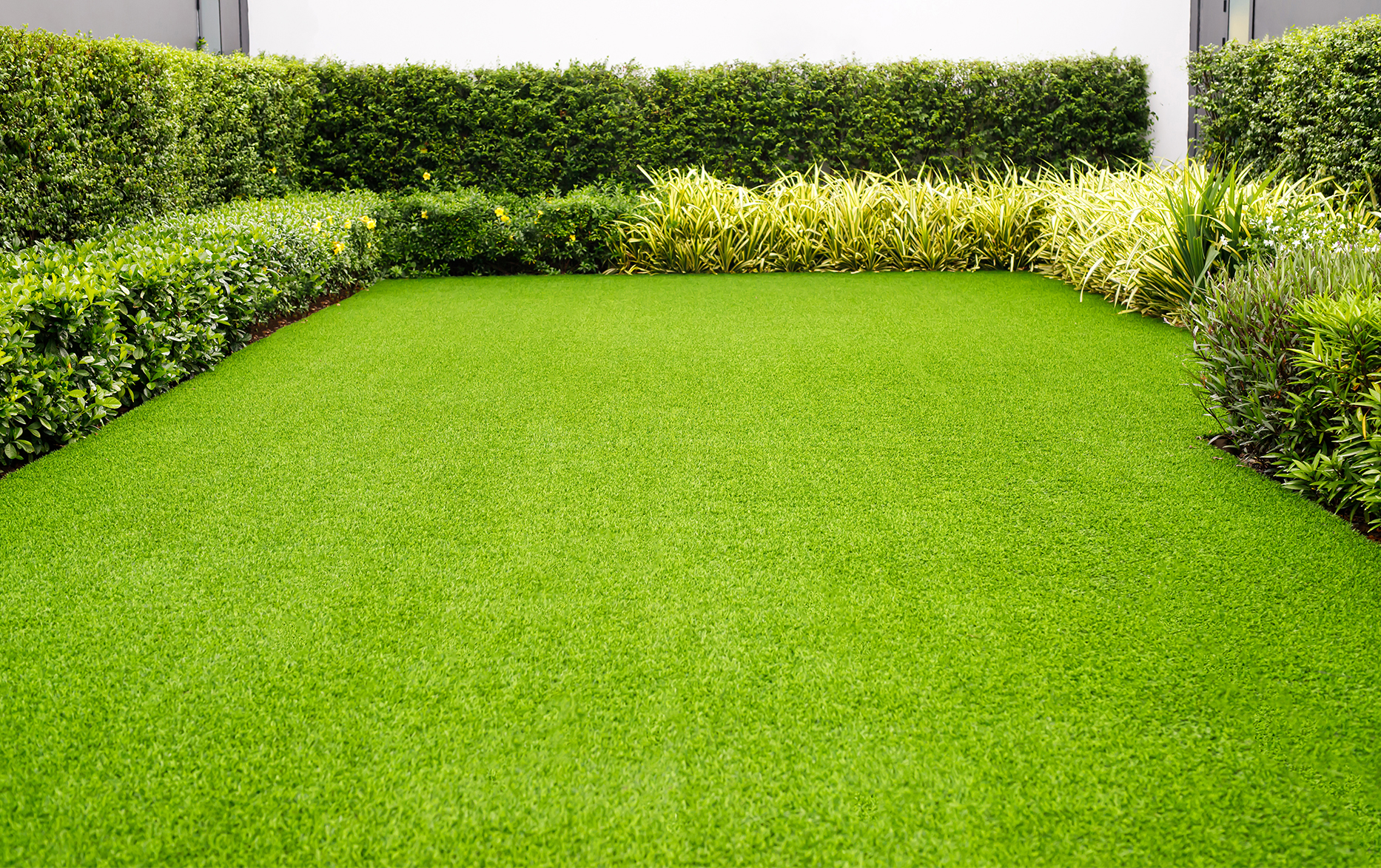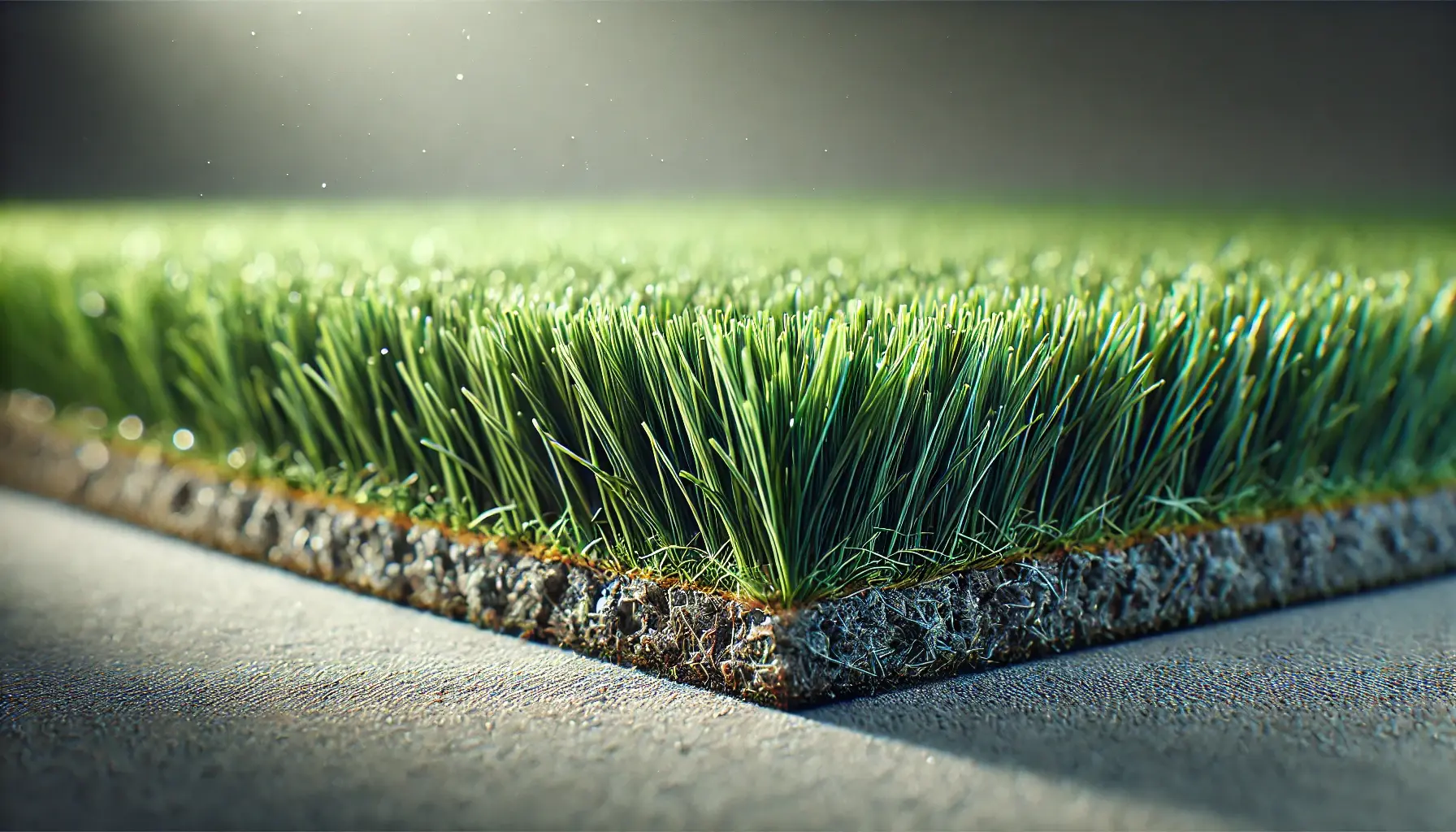Look Into the Environmental Benefits of Opting for Artificial Grass Solutions
The adoption of artificial turf remedies presents a compelling opportunity to deal with pressing ecological obstacles. By significantly reducing water usage and minimizing the application of hazardous chemicals, these choices not just promote sustainable landscape design but also protect regional ecosystems. The lower carbon footprint associated with lowered upkeep activities contributes to a much more sustainable technique to land administration. The implications of these benefits extend past simple conservation initiatives, elevating inquiries concerning their long-lasting effect on environment preservation and total ecological balance. Exploring these dimensions exposes a complicated interaction worth thinking about.
Water Preservation Perks
One of the most significant benefits of synthetic grass is its capacity to save water. Traditional grass lawns need significant irrigation, especially in locations prone to dry spell or water constraints. On the other hand, man-made turf does not require watering, significantly lowering the general need for water resources. This feature is especially beneficial in deserts where water shortage is a pressing concern.
By getting rid of the requirement for routine watering, synthetic grass contributes to sustainable landscape methods and assists alleviate the environmental impact of extreme water intake. Additionally, the conservation of water includes the decrease of overflow, which can lead to soil erosion and river pollution.
In addition, the installment of man-made grass enables communities and homeowners to allot water resources much more effectively, concentrating on necessary uses such as drinking water and agriculture. The change in the direction of artificial turf not only promotes accountable water usage yet also aligns with wider ecological objectives aimed at maintaining all-natural sources.
As neighborhoods significantly focus on sustainability, the water conservation advantages of synthetic grass provide an engaging instance for its fostering in household and industrial landscaping jobs.
Decreased Chemical Usage
The transition to fabricated turf dramatically lowers the reliance on chemical therapies generally used in all-natural yard maintenance. Conventional lawn management commonly involves the application of plant foods, pesticides, and herbicides to promote development and control insects. These chemicals can present threats to human health, neighborhood wild animals, and the environment, adding to dirt and water contamination.
In contrast, synthetic turf removes the requirement for these damaging compounds. By reducing the launch of artificial substances right into the ecological community, fabricated lawn advertises healthier soil and water systems.
Furthermore, the absence of chemical runoff linked with synthetic grass installments assists safeguard regional waterways from contamination, sustaining water life and maintaining biodiversity. Arizona turf. As areas significantly prioritize sustainable techniques, going with synthetic grass offers a viable remedy that lines up with environmental conservation objectives. Through this shift, home proprietors can enjoy lavish environment-friendly areas without jeopardizing environmental health and wellness, leading the way for a much more sustainable future
Reduced Carbon Impact

Moreover, the setup of synthetic grass can result in considerable water preservation. All-natural lawns need substantial amounts of water for watering, which not only includes in the carbon footprint related to water extraction and treatment but also stress neighborhood water sources. In comparison, man-made turf requires marginal upkeep, needing no watering, thus considerably lowering water usage and its connected energy costs.
Additionally, the longevity of fabricated lawn adds to its reduced carbon influence. With a life-span of as much as from this source 15 years or even more, the demand for regular substitutes is reduced, causing much less waste and reduced energy usage in manufacturing and throwing away standard turf alternatives. Overall, synthetic grass presents a lasting alternative for environmentally mindful landscape design.
Habitat Preservation
Environment conservation is a critical factor to consider in the discussion over landscape design selections, specifically when contrasting synthetic grass to natural grass. Natural grass yards usually need comprehensive maintenance, including using herbicides, plant foods, and chemicals, which can adversely impact local communities. These chemicals can leach right into the soil and waterways, harming native vegetation and fauna and interfering with regional habitats.
Artificial turf eliminates the demand for dangerous chemicals, thus safeguarding neighboring wild animals and preserving the stability of surrounding ecological communities. The installment of synthetic turf can lead to the conversion of former lawn locations into more biodiverse landscapes, such as pollinator gardens or indigenous plant locations, which can support regional wild animals.
Ultimately, the shift to artificial turf not just conserves water and lowers maintenance initiatives but also fosters an extra unified partnership between human tasks and the natural environment, advertising habitat conservation at the same time.
Long-Term Sustainability
Lasting sustainability is an essential element in reviewing the benefits of synthetic grass over traditional turf yards. Among the most substantial benefits of synthetic grass is its durability; it can last up to 15-20 years with marginal maintenance, whereas all-natural turf calls for regular reseeding and replacement. This long life decreases the need for consistent resources, such as water, fertilizers, and chemicals, which are important for preserving a healthy and balanced yard yard.
Additionally, artificial lawn adds to a decrease in carbon exhausts connected with grass care tools. Typical lawns typically require gas-powered lawn mowers, leaners, and blowers, every one of which add to air pollution. Phoenix turf companies. In comparison, fabricated grass removes the demand for that site such devices, advertising a cleaner environment
Additionally, the production of synthetic grass increasingly uses recycled products, boosting its sustainability account. As manufacturers adopt green techniques, the environmental this content footprint of artificial grass remains to reduce.

Conclusion
The fostering of fabricated lawn remedies provides considerable ecological advantages, including significant water preservation, lowered dependence on unsafe chemicals, and a reduced carbon footprint. Moreover, artificial turf help in preserving natural environments by decreasing land disruption and advertising long-term sustainability through using long lasting products. Collectively, these variables emphasize the potential of synthetic grass to add favorably to ecological health and offer a viable option to typical landscape design practices in an increasingly resource-conscious globe.
In comparison, fabricated lawn does not require watering, significantly lowering the overall need for water sources. By decreasing the release of artificial compounds into the community, man-made lawn promotes healthier soil and water systems.
In addition, the setup of synthetic lawn can result in significant water conservation. In comparison, artificial grass needs marginal upkeep, needing no watering, thereby considerably decreasing water usage and its connected power costs.
